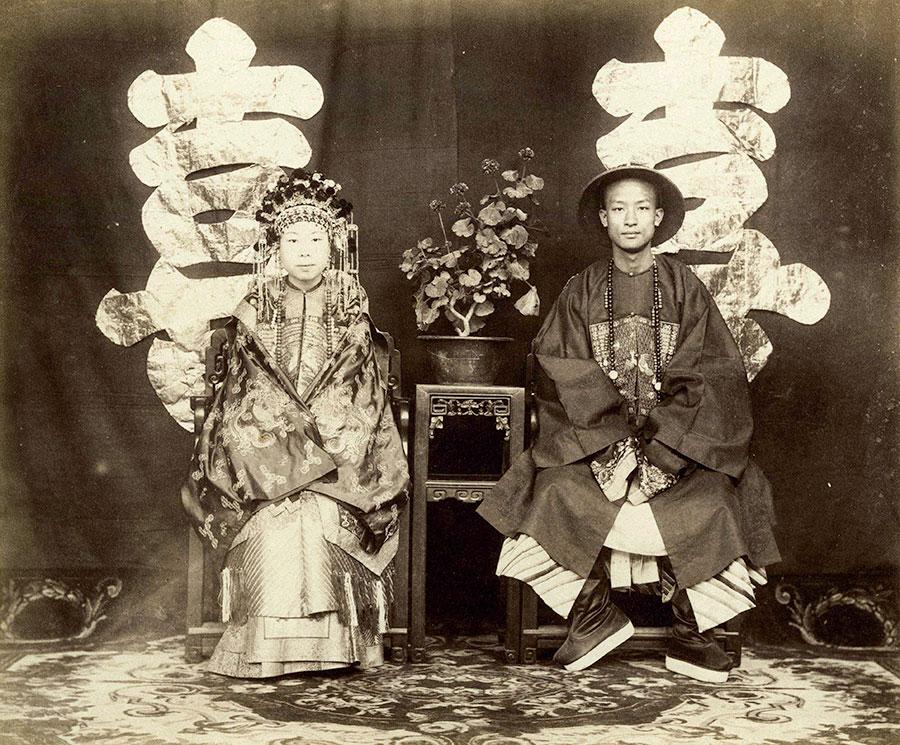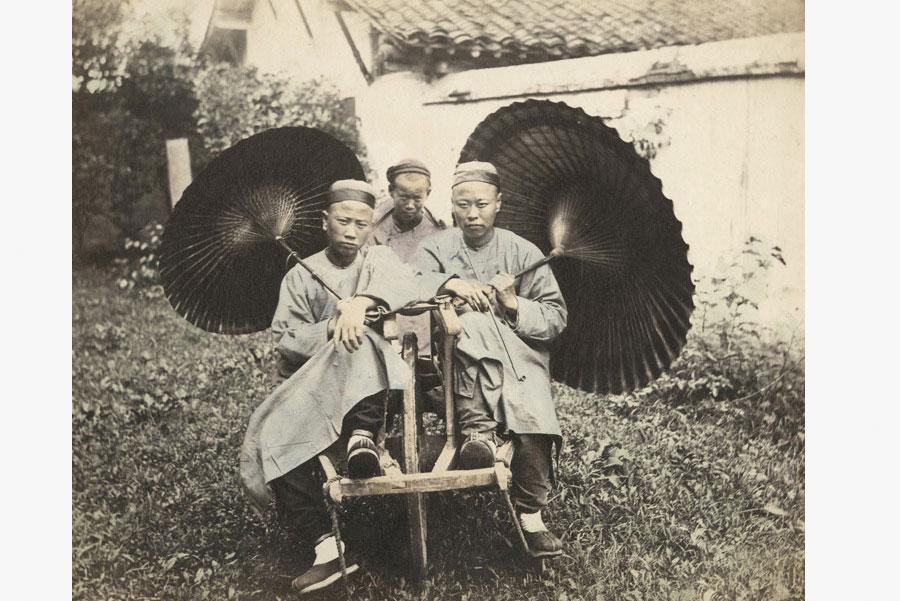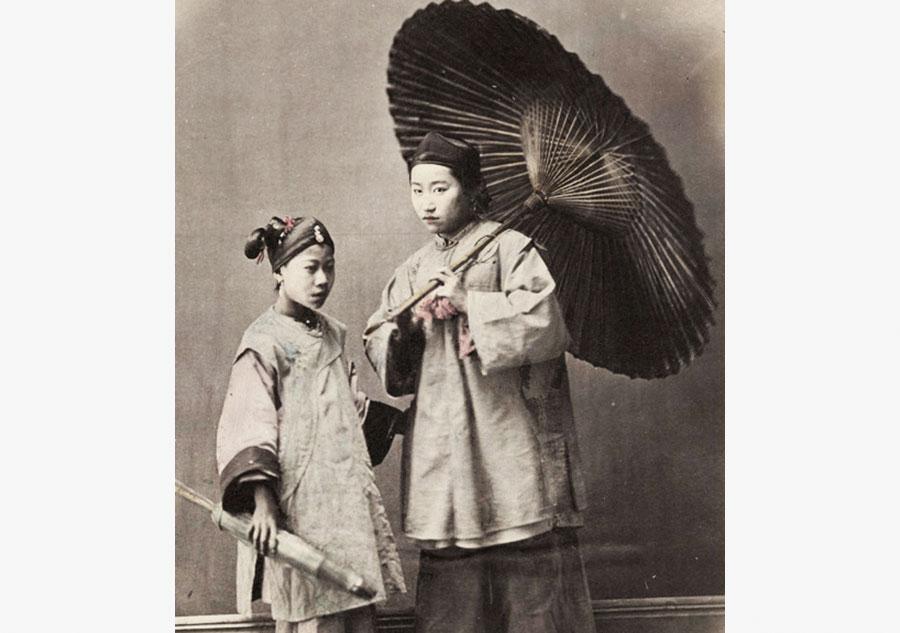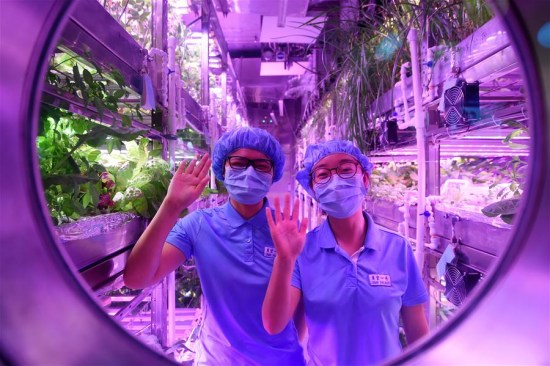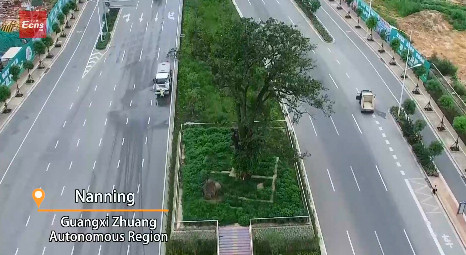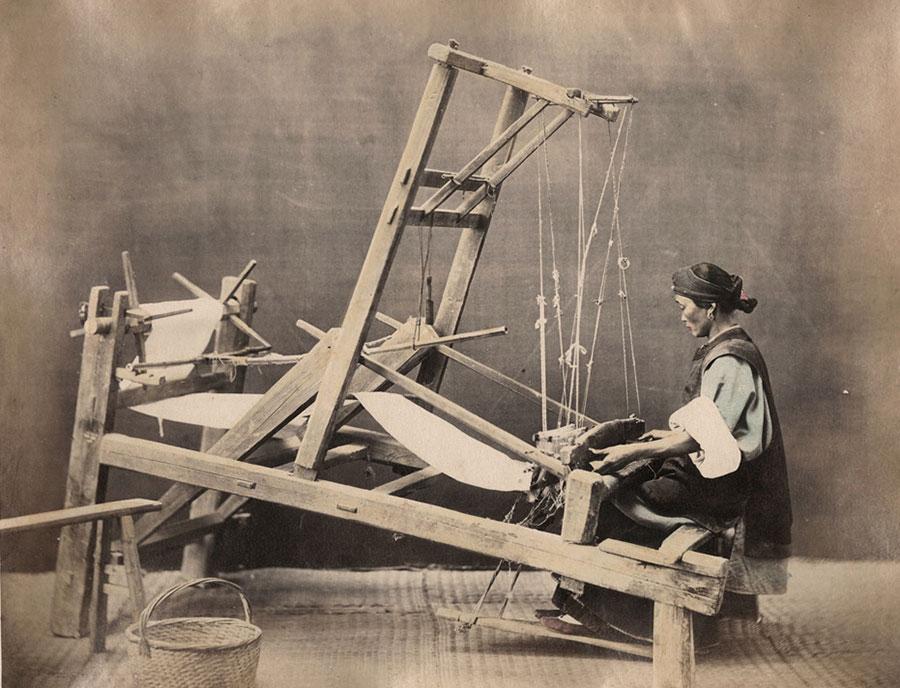
Weaving (Photo provided to China Daily)
When New York-based Raymond Watt came across an article on the BBC news website about a Chinese photography exhibition in the UK last November, he was shocked, to say the least. The story about a collection of rare photographs of Beijing from the late 1800s, on show in London's Chinatown, included a number of images from the exhibit - one of which set Watt back on his heels. "It was a picture I had never seen before and my instinct told me that the subjects could be my great grandparents," he told China Daily. The article explained how British photographer, Thomas Child, who had moved to China as an engineer, captured marriage ceremonies during the late Qing dynasty - which spanned from 1644 to 1912. It detailed how one particular photograph in the series depicted the daughter of the famous Chinese statesman, Zeng Guofan. "My great, great grandfather was Zeng Guofan," Watt said. The 79-year-old never expected when he was browsing the internet that day that he would uncover a piece of family history dating back some 140 years. Not to mention, in an exhibition some 3,500 miles away from where he lived. According to Watt, the unique wedding photograph documents the moment of the start of the prominent Nie family in China. "The family rose in importance in Shanghai from the late Qing dynasty into the twentieth century and went through more than 70 years of ups and downs until 1950," he said. "The groom, Nie Jigui, served as Shanghai's Governor from 1890 to 1893, died in 1911 and was buried in Hunan, while the bride, Zeng Jifen, died in 1942 and was buried in Shanghai." The display of Child's work at the China Exchange, an organization in London, was the first time US-based collector, Stephan Loewentheil, had shared the original images of life during the Qing dynasty in Peking, now known as Beijing. While Watt's reaction to the never-before-seen photographs was by far the most compelling, the exhibition in Soho's Gerrard Street attracted worldwide attention, making headlines in the UK, the US, Europe and China. "The success of the show reflected the increasing global interest in China's people and culture, as well as the interest of the people of China in preserving and studying their own history," said Loewentheil, who's Historical Photography of China Collection is the largest holding of late Qing dynasty photographs of China in private hands. "Today, Beijing is a vastly different place and the early photographs presented a perspective on the city which had never been previously available."







